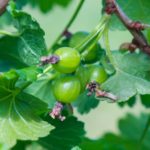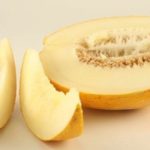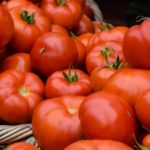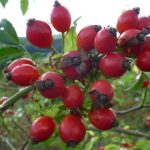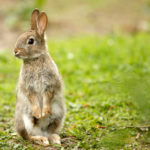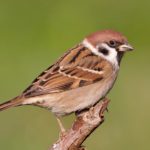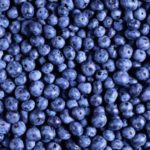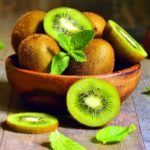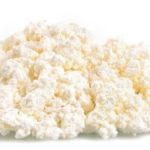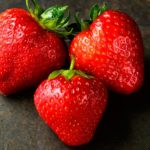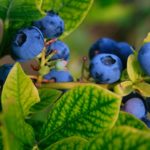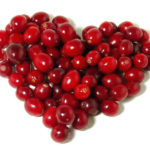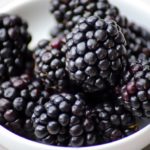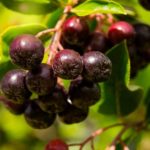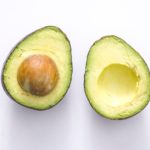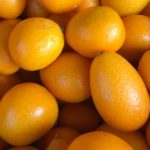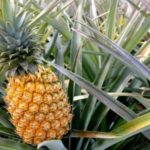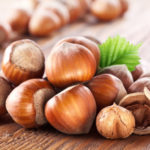Interesting facts about the currant
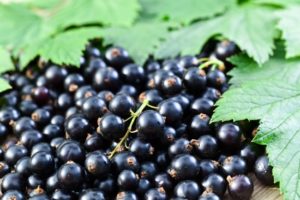 Currant – the berry is not only delicious, but also useful. In the shops, of course, it is expensive, but many of us have eaten it at the cottage, where the currant, along with other tasty things, grandmothers and grandfathers carefully grow. Well, if you suddenly do not know what it tastes like, try it, and you will surely like it!
Currant – the berry is not only delicious, but also useful. In the shops, of course, it is expensive, but many of us have eaten it at the cottage, where the currant, along with other tasty things, grandmothers and grandfathers carefully grow. Well, if you suddenly do not know what it tastes like, try it, and you will surely like it!
Currant – a berry is truly omnipresent. It does not grow only on two continents – Australia and Antarctica.
In the immature currant, vitamin C is four times that in ripe.
The most useful and tasty currant is the one that grows in the north, provided that the short northern summer was warm.
In the world there are more than one and a half hundred kinds of currants of all colors, although most people know only black, red and white.
The leaves of the currant almost as well as its berries, are saturated with vitamins, so they have been used for centuries to make canned food.
Once the currant was known as “monastic berry”, as it was grown in almost all monasteries.
Currant removes from the body the effects of radiation exposure – radioisotopes.
Wild currant is found almost all over the world, it grows even in the harsh expanses of Siberia.
The nearest relative of the currant from a biological point of view is gooseberry.
When the spread of currants began around the world, no one knows for sure, but it is assumed that the birthplace of this plant is Asia.
Russia occupies the first place in the world in terms of the volume of cultivation of currants.
In about 30-40 berries of black currant contains the daily norm (for an adult person) of vitamin C.
From the black currant is made widely used in food production natural dye.
Regular consumption of currants strengthens the immune system.
